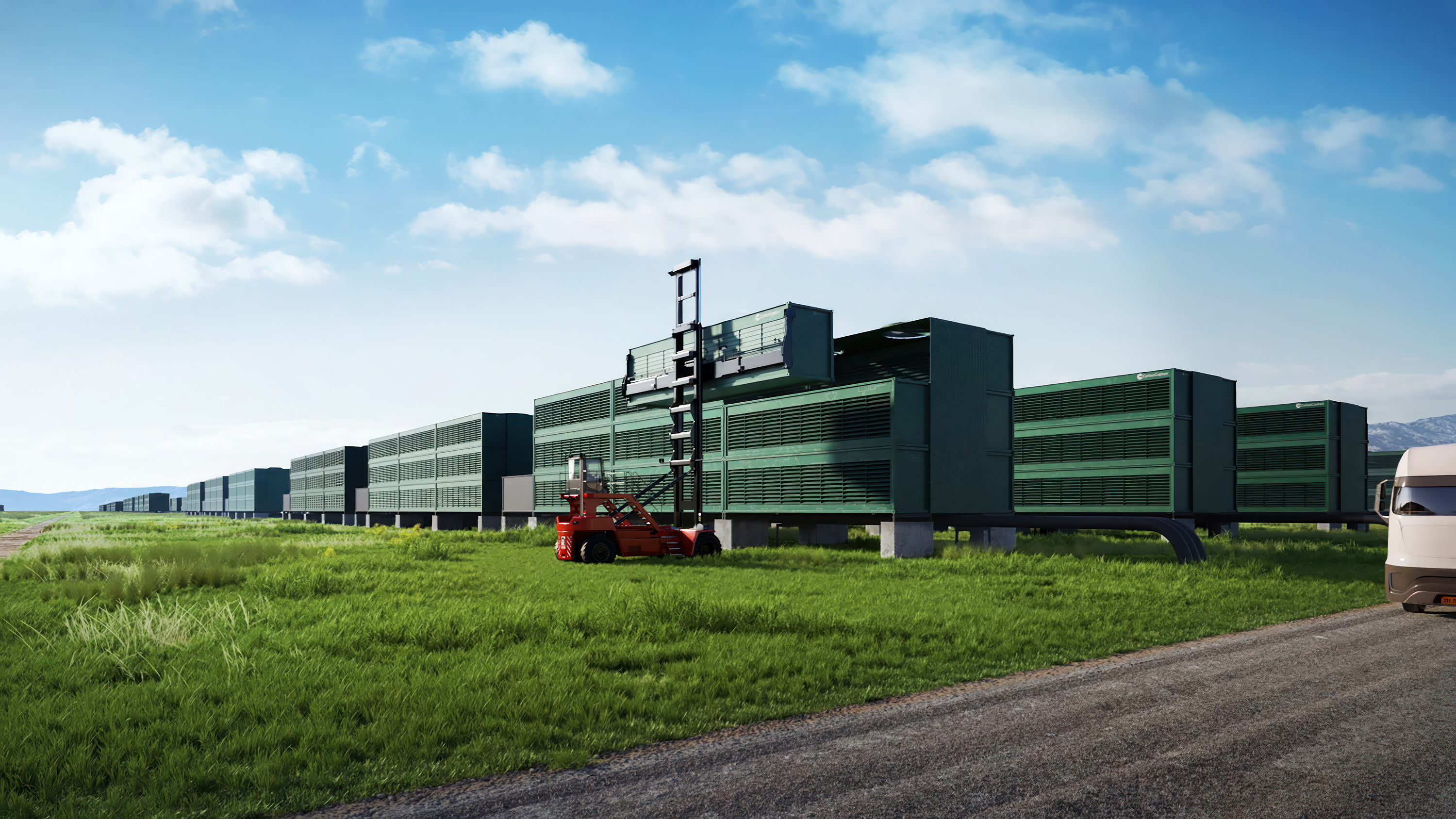By: Jon Isley, executive director, Process Technology

Investment in carbon capture and storage projects is accelerating across the globe, as government incentives improve economic feasibility and spur development. Carbon capture enables carbon dioxide emissions to be captured directly from an industrial facility and reused or stored, rather than being released into the atmosphere. As new projects begin, selecting the right technology and project partners are essential to creating a viable path forward and reducing emissions footprints
Successful Commercialization
With government support typically based on the levels of carbon dioxide captured and stored, selecting a proven carbon capture technology removes a significant amount of risk from a project
Fluor, an early adopter of this decarbonization method, advises clients on commercialized technologies from several providers. One of those technologies is Econamine FG PlusSM, which has been used on more than 30 facilities over the past 40 years.
Successfully commercialized technologies like Econamine FG Plus incorporate decades of feedback from operating plants, including utility, design, construction and facility integration considerations. The result is technology with improved energy efficiency, reduced effluents and improved performance. This experience also ensures capital and operating costs are accurate in the decision-making process, improving investment certainty.
Technology Application
Carbon capture and storage can be successfully deployed on a broad range of industrial applications, including both large- and small-scale oil and gas, power and steel manufacturing facilities. The current generation of Econamine FG Plus technology typically favors more large-scale applications, such as the recently announced Federated Co-Operatives Limited Renewable Diesel Complex. As this method is more widely adopted, smaller scale applications are expected to become more attractive through unit cost reductions from standard plant designs, modularization and mass production.
While carbon capture plants prevent emissions from being released into the atmosphere and are located at the source or facility, progress is being made on new direct air capture technologies that remove emissions from the atmosphere. Fluor is also working with CarbonCapture, Inc. and other firms to scale their technologies, which enable carbon emissions to be removed from sources previously considered unfeasible.
Geology
Whether the captured carbon dioxide is stored underground, mineralized aboveground or reutilized in another product often depends on the industrial size and application, as well as the facility location in terms of sequestration geology. Many industrial facilities, like steel, are in regions where the geology makes underground storage difficult. Fluor is supporting the commercialization of one unique technology that will capture carbon emissions and mineralize them to form a carbonate limestone that can sequester the carbon dioxide permanently, regardless of underground storage geology.
Other geologies, such as the sedimentary basins in the Canadian oil sands, are extremely conducive to underground storage. Econamine FG Plus is currently being applied to several projects in the region. For porous basaltic rock geologies found in regions like Iceland and the U.S. Pacific Northwest, Carbfix, the world’s first carbon dioxide mineral storage operator, has technology that can take carbon dioxide, dissolve it into water and store it underground where it mineralizes within two years.
Effective Project Execution
No matter the technology selected, successful project execution is critical to enabling these projects to achieve their capital and operating cost targets. In addition to carefully aligning the industrial application with the most appropriate carbon capture technology and storage or re-use application, selecting an engineering, procurement and construction (EPC) company with strong project execution experience and equipment supplier and labor relationships is vital.
Having delivered these projects across Europe, North America, South America and the United Kingdom, Fluor understands the careful balance of cost and schedule commitments required for well-executed projects that achieve cost certainty and financial incentives.
Carbon capture can enable a more sustainable future. Through careful technology selection and project partner selection, industrial facilities can deliver economically viable projects that reduce carbon footprints and positively impact these important industries.